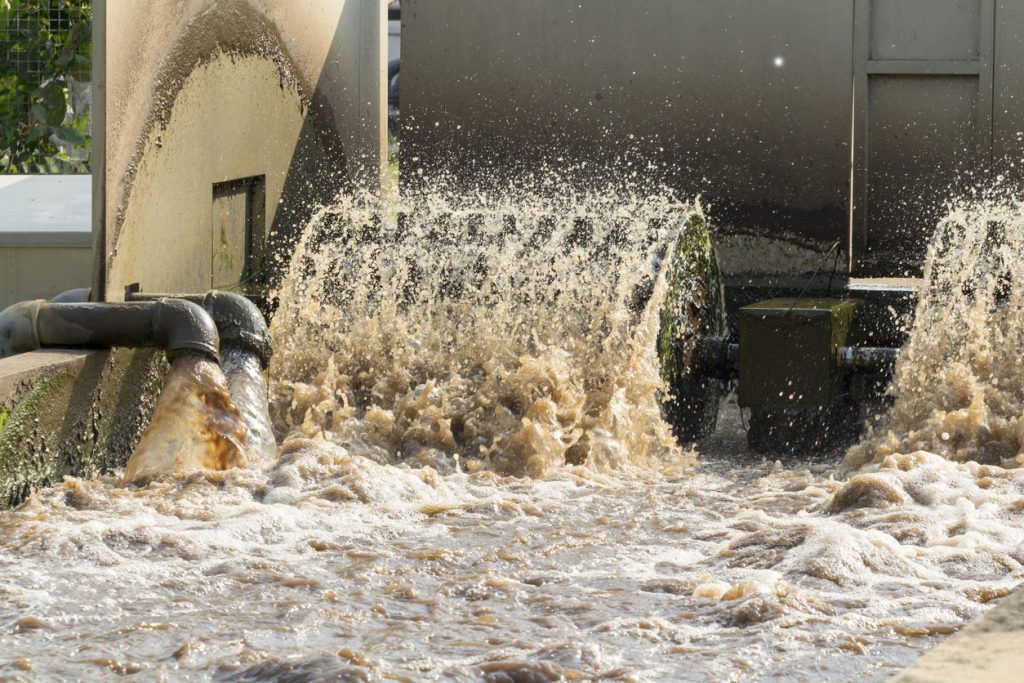How Much Does It Cost to Properly Maintain Membrane Filtration Systems vs. Treat Fouled Membranes?
It’s always best to ensure membranes are properly cared for from the start of use, staving off fouling (as much as possible) and guaranteeing optimal membrane performance and longer lifespans, but how much does it cost to properly maintain membranes from the start vs. treating membranes that have already been fouled?
Since the answer to this can be multifaceted, the factors and information below are general and may not represent your facility’s situation wholly. For this reason, we always recommend you seek the advice of a trusted water-treatment expert or engineer.
In general, however, the processes and costs your facility might encounter are outlined below:

Properly maintaining your membrane filtration unit
Some common preventative measures to avoid membrane fouling include:
-
-
- Scheduled cleanings: A systematic cleaning regimen can help to prevent foulants from building up on the membrane. Cleaning cycles should be scheduled monthly or at other regular intervals to provide the greatest benefit. Maintenance strategies and costs can vary depending upon the membrane filtration system design and the types of contaminants involved, and can employ one or more cleaning methods, whether mechanical or chemical.
- Pretreatment: RO/NF membranes have smaller pores than MF/UF membranes; therefore, they are more likely to require some form of pretreatment to avoid membrane fouling or other issues. Streams with high contaminant concentrations may also demand pretreatment ahead of membrane filtration unitsin order to minimize the risk of membrane fouling. Pretreatment options can include coagulation if colloidal particles are present, as well as gravity settling (sedimentation), flocculation, and media filtration for removal of larger or coagulated particles. Other types of pretreatment can include chemical pH adjustment and ion exchange to prevent adsorption or deposition of foulants on the membrane.
- System design: Preventing membrane fouling is best accomplished by good planning and design. There are many variables that play a role in proper system function for a membrane filtration system, each of which should be considered when replacing a membrane or installing a new system. These include the membrane material, pore size, and operating conditions, to name a few, and will represent your investment upfront.
-
Treating Fouled Membranes
-
-
- Mechanical cleaning: involves the use of physical force to loosen contaminants from the membrane and flush them out of the system. Typical approaches include vibration of the water during cleaning, as well as backward or forward flushing of the brine side, where water or a cleaning solution is run through the unit at a faster speed or higher pressure than in a normal service cycle, resulting in turbulence that removes foulants from the membrane. In a related process known as air scouring, used with UF, air is added to the backwash/forward flush solution to further increase turbulence.
- Chemical cleaning: the application of detergents, caustics, acids, antiscalants, or dispersants to loosen and remove foulants from the membrane surface. Biocides are also used for removing microorganisms can potentially foul the units. Cleaning chemicals are selected based on the type of contaminants present, with consideration also given to the membrane material to ensure that the chemicals used do not damage it.
-
The bottom line
Typical approximate chemical costs include:
-
-
- Antiscalants: $ 0.05 > 0.15 / 1000 gallons
- Filter cartrideges: $0.05 > 0.15 / 1000 gallons
- Membrane cleaning with a proper operating system: $0.5 > 1.0 / 1000 gallons for a good operating system
- Membrane cleaning with an improper operating system: as high as $ 4.0 / 1000 gallons
-
When membranes foul, the costs are substantially more. Operations could increase up by 50% to as much as 100%, and for a typical plant that runs somewhere around $5 to $10 per thousand gallons, this could add another $10 per thousand gallons to your cost. If you’re pumping 1,000,000 gallons a year, that equals an additional $10,000 for operating with fouled membranes, which can also damage other equipment as a result.
Can SAMCO help?
SAMCO has over 40 years’ experience custom-designing and manufacturing membrane filtration systems for a range of industries and applications, so please feel free to reach out to us with your questions.
For more information or to get in touch, contact us here to set up a consultation with an engineer or request a quote. We can walk you through the steps for developing the proper solution and realistic cost for your MF, UF, NF, or RO treatment system needs.
Here are some other blog articles about membrane fouling that you might be interested in reading, as well:
- What Are the Best Companies for Cleaning Fouled Membranes?
- Signs Your Membranes Are Fouling and How to Clean Them
- What Are the Different Types of Membrane Fouling and What Causes Them?
- How Can You Reduce Membrane Fouling in Your Water Treatment System?
- What Is Membrane Fouling and How Can You Avoid It?

